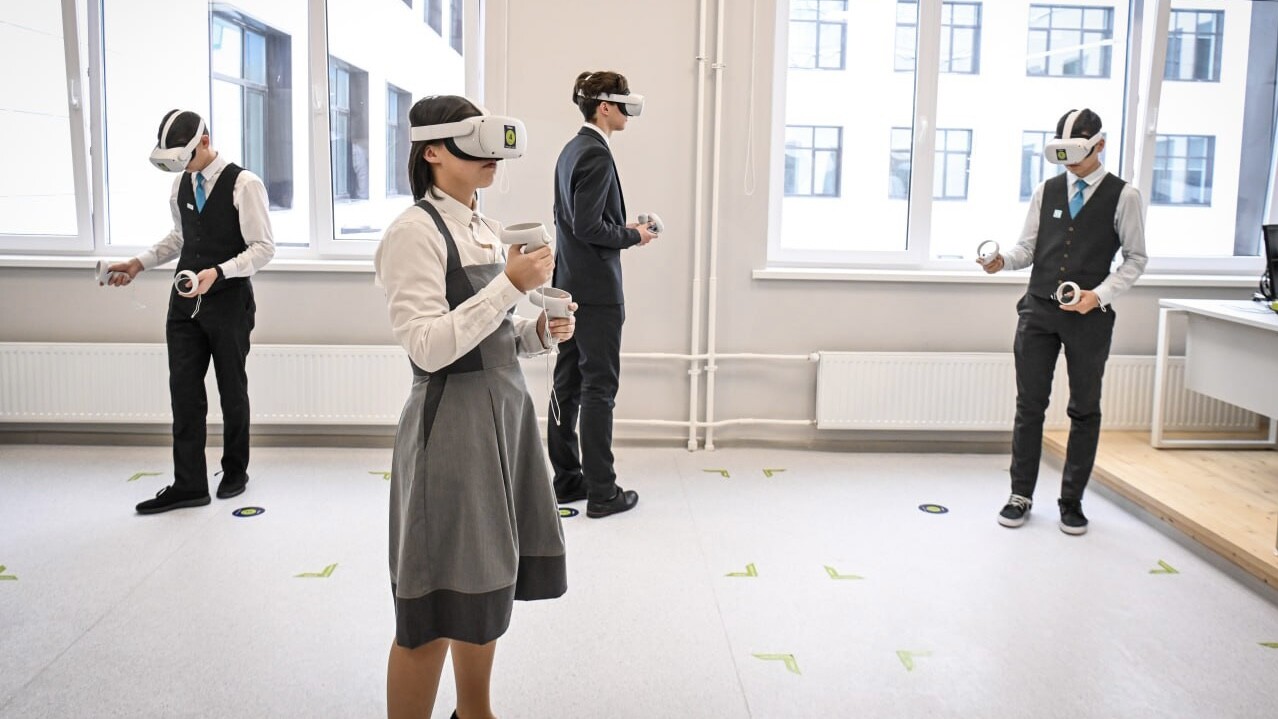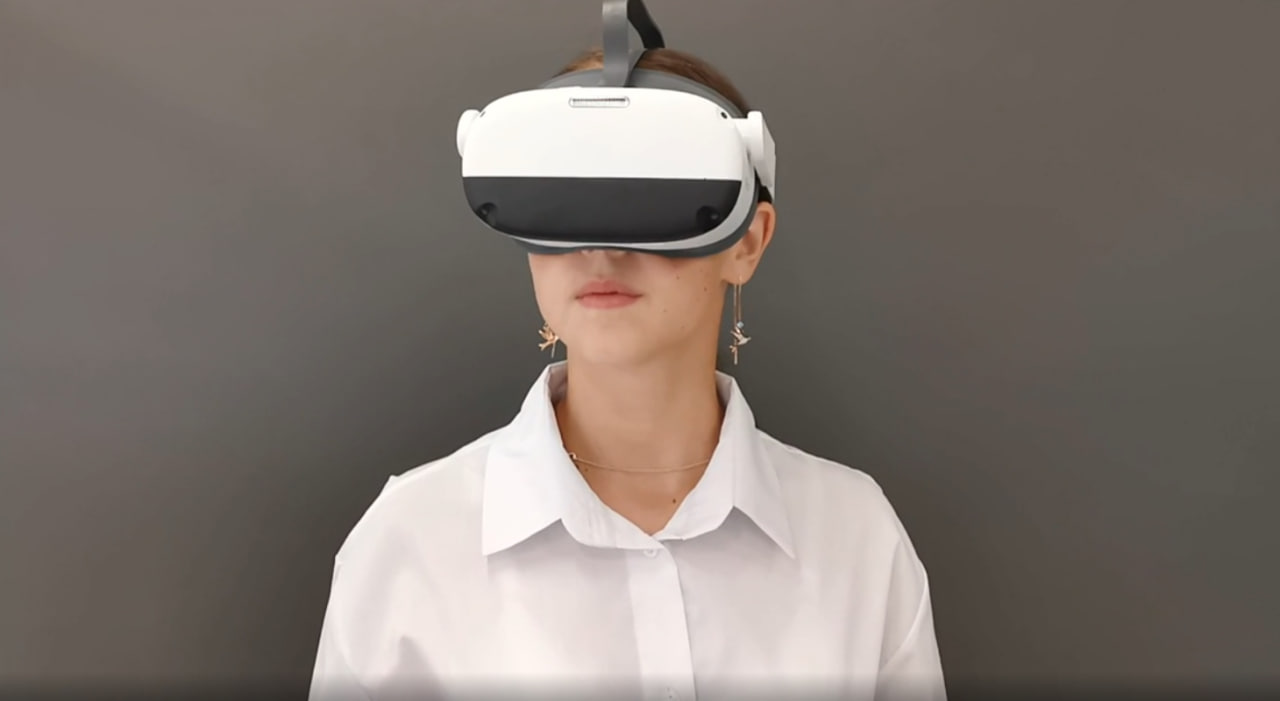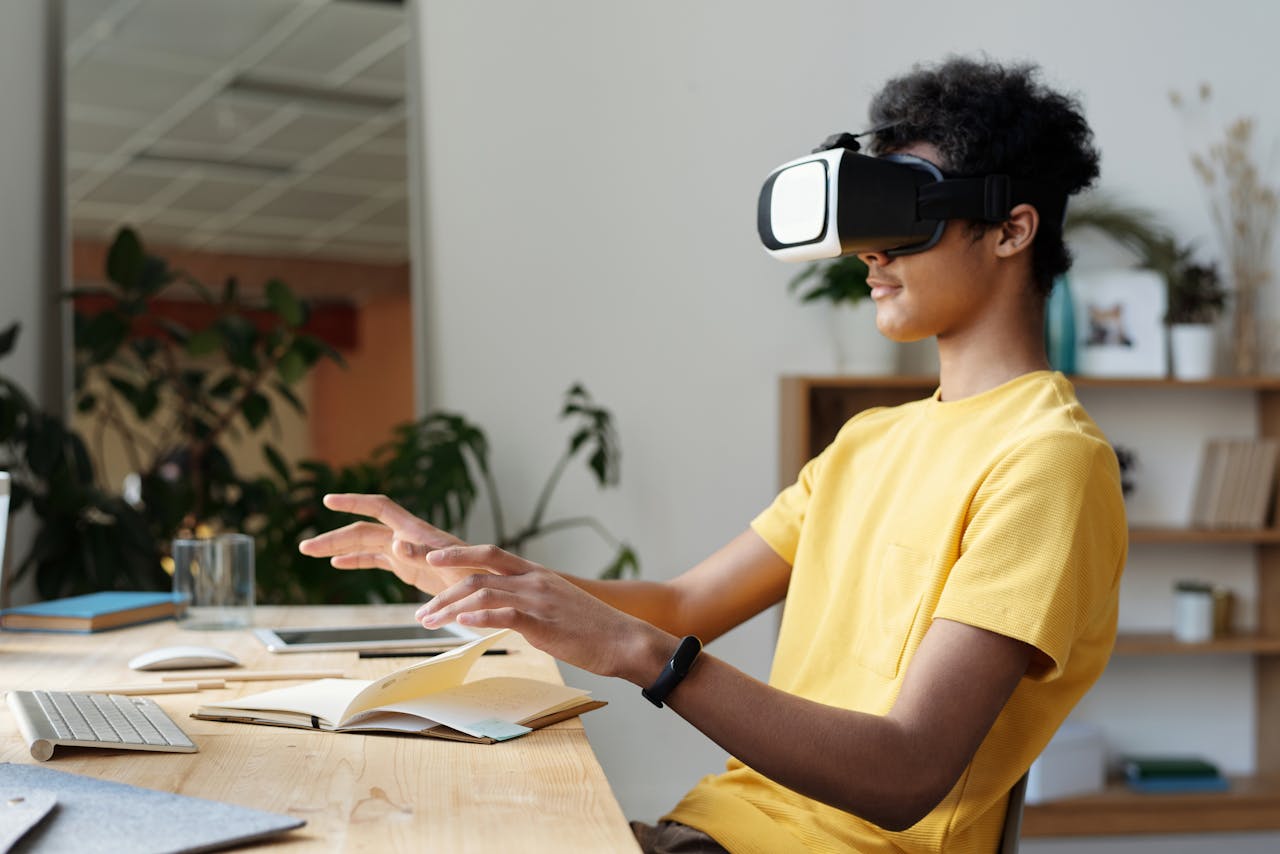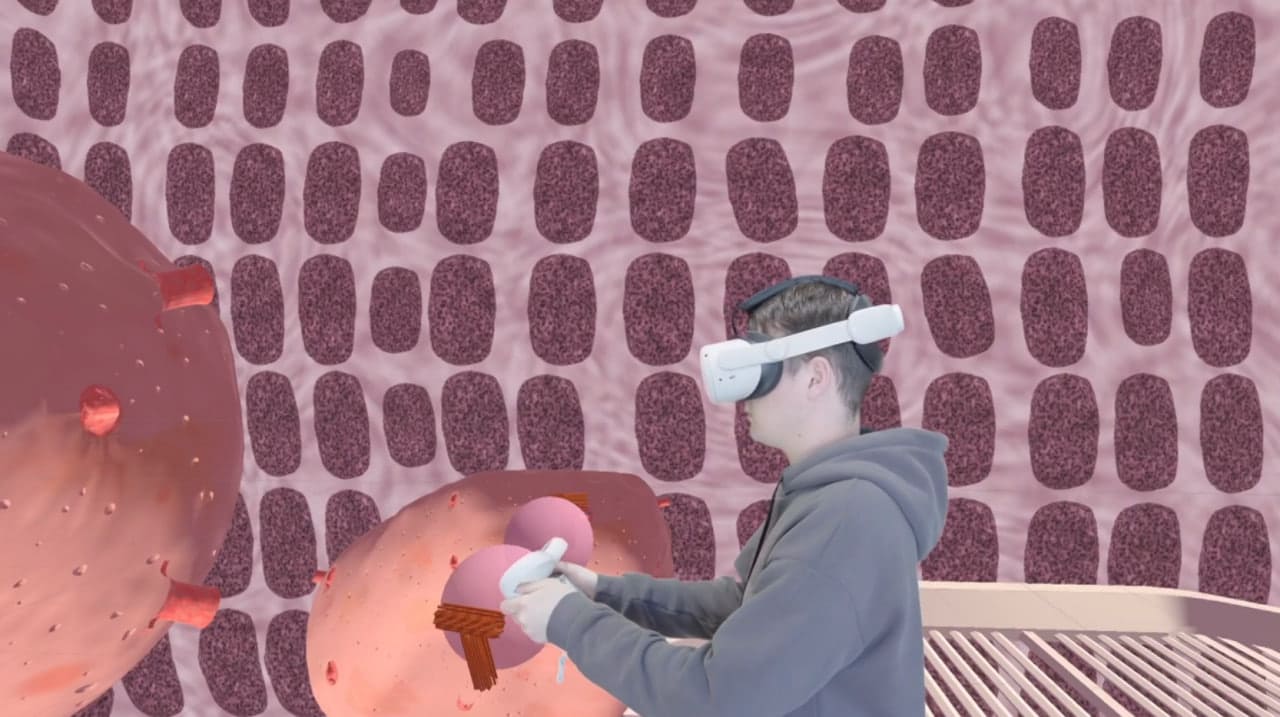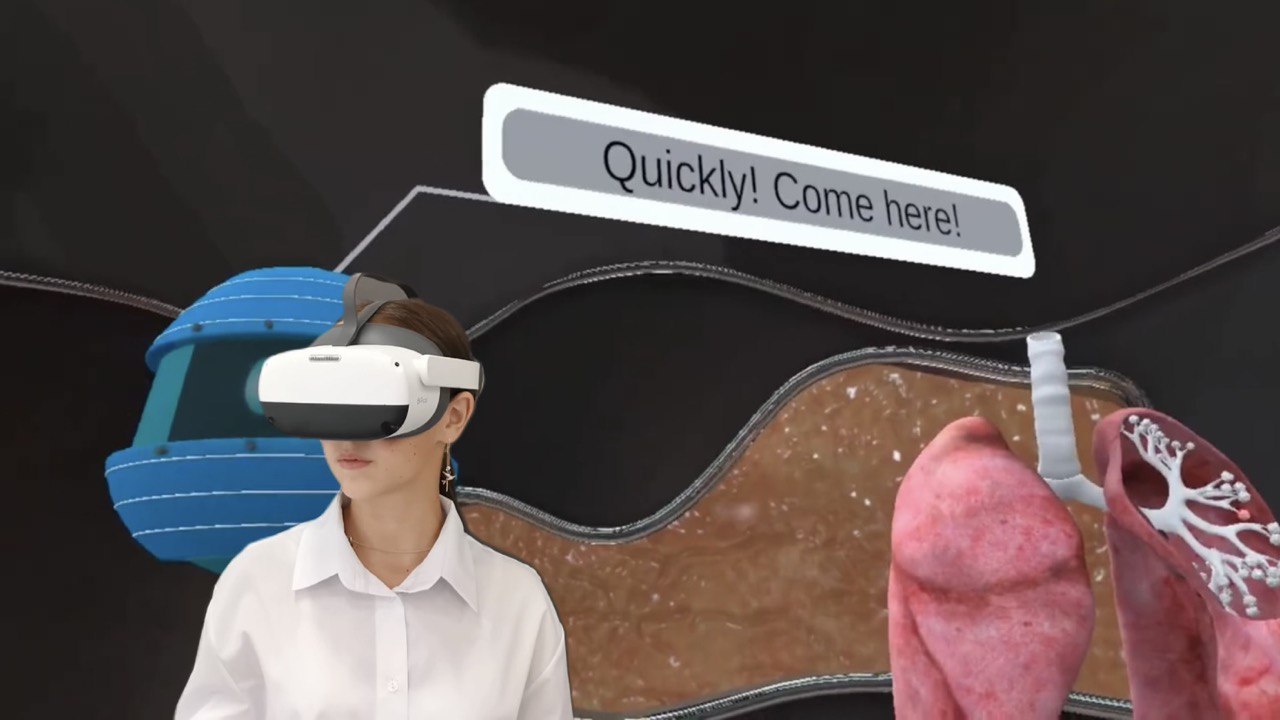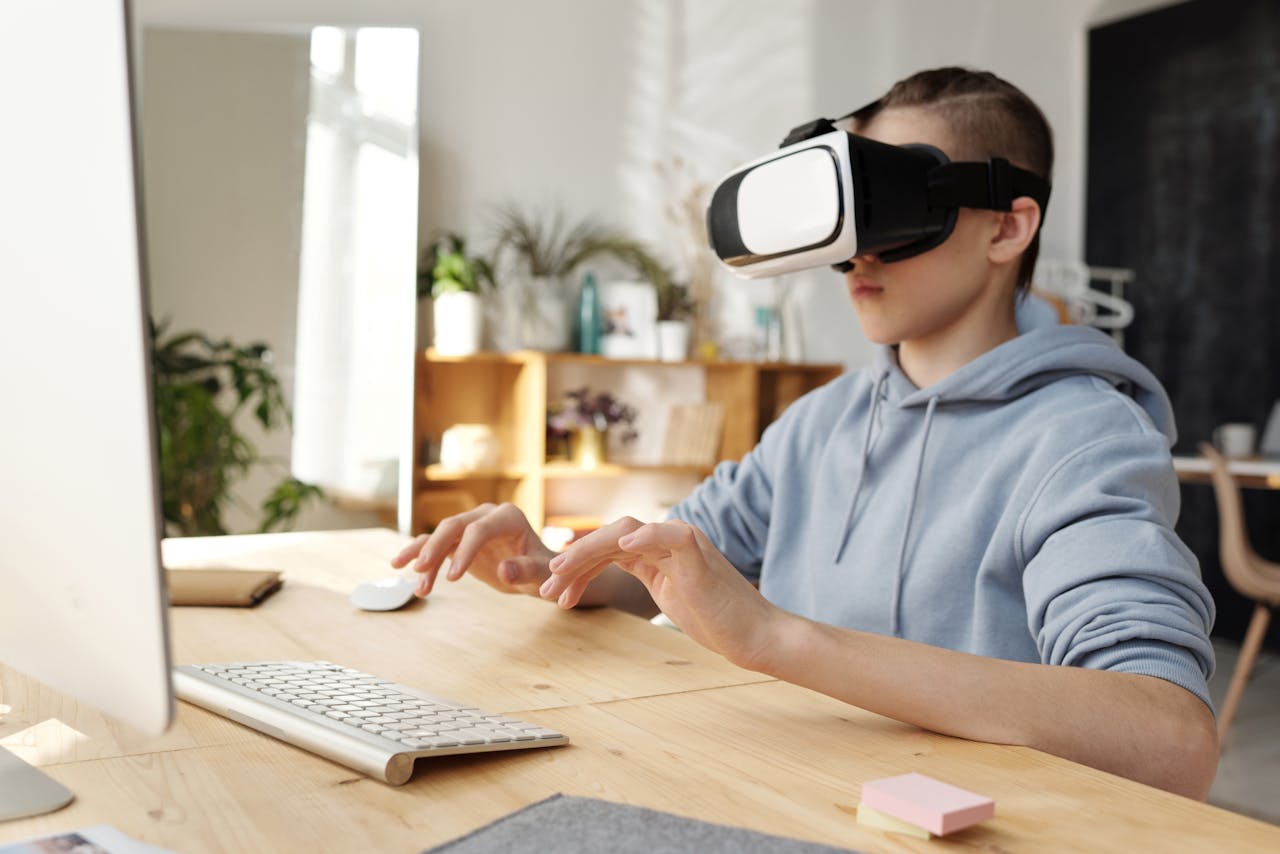
What is Critical Thinking?
Critical thinking is the ability to analyze and evaluate information objectively and systematically. It involves questioning assumptions, recognizing biases, and making reasoned judgments. This skill empowers individuals to assess situations more thoroughly and make better decisions based on evidence rather than impulse or preconceived notions.
Why Critical Thinking is Crucial for Success
In School: Critical thinking empowers students to move beyond rote memorization and engage deeply with subjects by asking questions, analyzing information, and making connections between concepts. Instead of merely recalling facts, they develop the ability to synthesize information, which fosters a deeper understanding of their studies. This skill is especially valuable in problem-solving, helping students tackle complex assignments and develop innovative solutions.
In Careers: In the workplace, critical thinking is an invaluable skill that enhances decision-making and problem-solving. Employees with strong critical thinking abilities can evaluate situations from multiple perspectives, identify underlying causes, and propose well-considered solutions. This adaptability is essential for career growth and success, as it enables individuals to navigate dynamic professional environments and address challenges creatively.
Beyond Academics and Careers: Critical thinking extends its benefits into everyday life, helping individuals make informed choices in a variety of situations. Whether evaluating the reliability of news sources, weighing ethical decisions, or understanding different viewpoints in social settings, critical thinking allows for reasoned and thoughtful conclusions. This skill promotes discernment, ensuring people don't accept information at face value but instead assess its credibility and relevance.
What if...?: Ask hypothetical questions like, "What if the environment of the toothless mollusk changed? How would that impact its survival?" This helps children explore possible scenarios and think about consequences, fostering creativity alongside critical thinking.
Why do you think...?: When discussing a decision they've made, like choosing what book to read, ask them, "Why do you think that was the best choice?" It pushes them to reflect on their reasoning process and make more informed decisions in the future.
Summary: The key challenge in developing critical thinking lies in guiding children to think for themselves. By consistently asking thoughtful questions, promoting self-reliance in problem-solving, and teaching them to evaluate information critically, children learn to navigate complex issues independently.
Fostering Critical Thinking in Children: Practical Techniques
Ask "Why" and "How" Questions: By asking children open-ended questions like "Why has the population of the toothless mollusk decreased due to uncontrolled fishing?" you encourage them to think critically about real-world applications of the information they learn. This method goes beyond surface-level understanding, helping them explore deeper connections and think analytically.
Promote Problem-Solving: When children face challenges, prompt them to think through solutions rather than providing answers. For example, if a child is often late to school, ask, "How can we ensure you're on time?" This encourages them to critically assess their actions and devise ways to improve, fostering independence and decision-making skills.
Question Information Sources: In an age of widespread misinformation, teaching children to ask, "How do you know this is true?" is crucial. This approach trains them to evaluate the credibility of information and consider the reliability of the sources they encounter. It's a valuable technique for fostering discernment in today's digital world.
Technologies Enhancing Critical Thinking in Schools
https://youtu.be/p4MofcAPlV8
XReady Lab: Structure of the Human Eye VR simulation
Technology can play a significant role in developing critical thinking skills. Digital tools and interactive technologies provide students with opportunities for hands-on learning and experimentation. For example:
Educational Apps and Software: These can offer simulations and problem-solving scenarios that require students to apply critical thinking skills.
Interactive Platforms: Tools that foster collaborative learning and debate encourage students to engage critically with content and each other.
Highlight: The Role of VR in Developing Critical Thinking
[caption id="attachment_783" align="alignnone" width="1024"] XReady Lab: Gas Exchange in Alveoli VR simulation[/caption]
While this article focuses on critical thinking, it's worth noting that technologies like VR can also contribute to skill development. VR enables practical experimentation and exploration, allowing students to engage with content in an immersive environment. For example, XReady Lab's simulation of human eye anatomy provides a detailed, interactive experience that encourages analytical thinking and problem-solving.
Request a Demo
Interested in seeing how interactive technologies can enhance critical thinking in your educational setting? Request a demo from XReady Lab to explore our educational tools and see firsthand how they can support critical thinking development.
Request Your Free Demo Today


